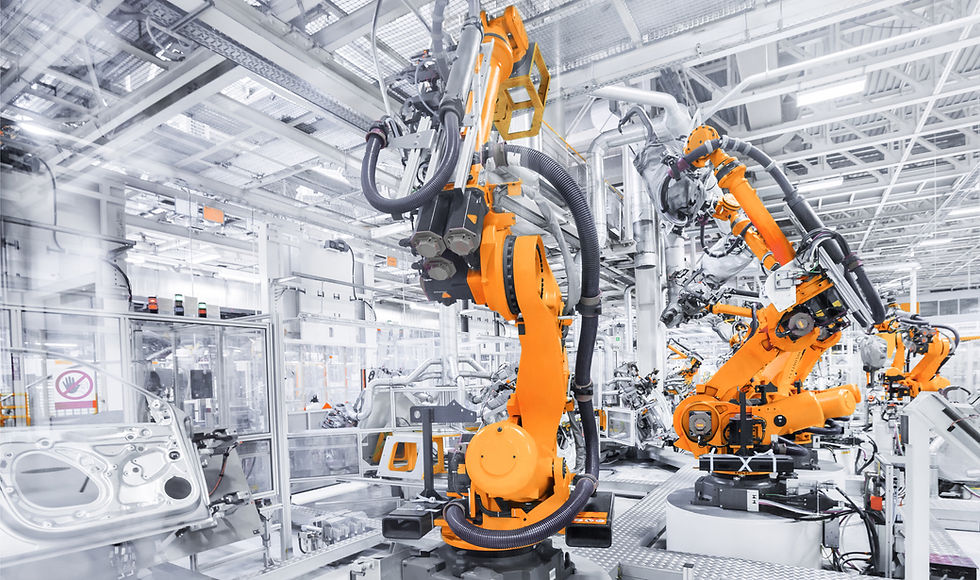- Anton Ruckman

- Jan 4, 2023
- 2 min read

Image by AI, Reposted from Andrea Busnelli LinkedIn Post
The use of AI in the industrial design process has become increasingly prevalent in recent years, with many designers turning to AI tools and techniques to generate new ideas and concepts. While AI has the potential to streamline the design process and create new opportunities for innovation, it also raises a number of complex issues related to intellectual property (IP) and the ownership of new ideas and designs.
One of the key challenges when using AI to generate new ideas is the issue of attribution and IP ownership. If an AI system is trained on a dataset of images or designs created by other people, there is a risk that the new ideas and designs generated by the AI could be considered derivative works and subject to copyright infringement. This creates a difficult legal landscape for designers and companies who are using AI to generate new ideas, as it is often unclear who owns the IP in the resulting designs.
Another challenge related to AI and IP in the design process is the question of originality and creativity. In many cases, the IP in a new design is tied to the creative effort and ingenuity of the designer, and it is unclear whether or not AI-generated designs can be considered truly original and creative. This could potentially limit the IP protection available to designers and companies using AI in the design process.
Overall, the use of AI in the industrial design process presents a number of complex challenges related to IP and the ownership of new ideas and designs. While the potential benefits of AI in design are significant, it is important for designers and companies to carefully consider these issues and ensure that they are taking steps to protect their IP and avoid potential legal issues.


Comments